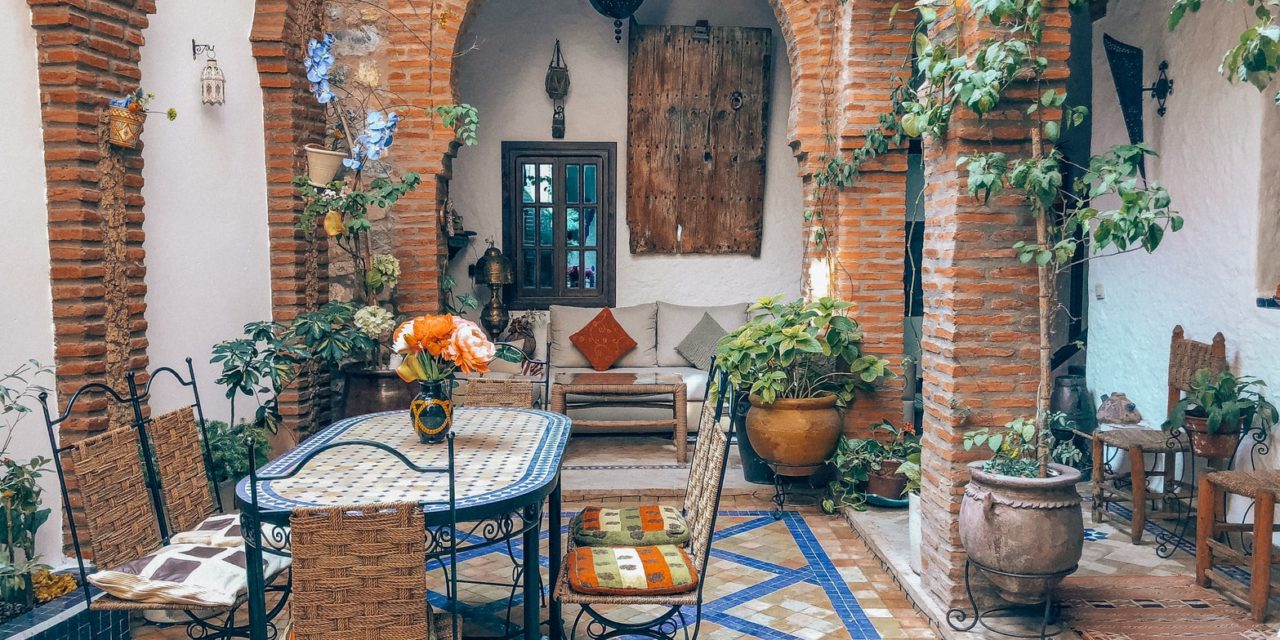[ad_1]
Nothing is more fun and inviting than a backyard pool. Beating the summer heat with family and friends is one of summertimes biggest pleasures. With the huge popularity of above ground swimming pools this major backyard water feature is not only fun but affordable.
Getting the right pool for your home and budget can be a daunting affair. So many choices and such odd terminology; hopper bottom, skimmer, return lines, cove etc. Its not really that hard to cut through the noise and find the above ground pool thats right for you.
Above ground pools come in two shapes; round and oval. These shapes are available in a number of sizes that most manufacturers sell. The most popular size is the 24 ft. round pool but round pools are available in diameters from 12 ft. to 33 ft. Oval pools usually start in the 12 ft. by 20-24 ft. size and get as large as 21 ft. x 41 ft. The area for your pool and your budget will combine to suggest the size that will work best. The ideal pool location will get at least 6-8 hours of sun during the summer and should be as flat and unobstructed as possible. Trees in particular can be troublesome if too close to a pool. Power lines or telephone poles are right out! Keep in mind that many oval pools have side supports or buttresses that can jut out as much as 2-3 feet from the base of the pool. Some newer oval designs have done away with buttresses that allows oval pools to go where ovals have never gone before.
Above ground pools are nearly always made of either steel or resin/plastic. Steel pools have been around for more than 40 years. Resin pools are relative newcomers. Corrosion is always a problem with steel pools and resin pools definitely will not rust. Resin pools generally cost more but industry figures put the average life span of an above ground pool at between 4 and 5 years. Rust may not be a factor! The choice is yours. Pools have gotten deeper in recent years. The standard 48 inch high pool is now overtopped by 52 inch and even 54 inch tall models.
To hold water, your pool needs a vinyl liner. There is a large selection of patterns from simple blue to exotic looking tile motifs and even a liner that mimics a tropical reef complete with fish and coral! Most pool packages are sold with an overlap style liner. These liners wrap over the top of the pool wall and cling to the outside of the pool. The liner is held in place by the top rail. You will also see beaded liners. These snap into a thin receiving strip just under the top rail on the inside of the pool and eliminate the overlap. Beaded liners tend to be an upgrade and cost more but they are usually a heavier, 25 gauge vinyl rather than the 20 gauge common in overlap liners.
The most important purchase after the pool itself is the filtration system. If you make an informed choice your pool will run cleaner and be less work. Sand and cartridge filters are the usual choices available for above ground pools. Each has advantages and drawbacks. Filter sand is inexpensive but if neglected can turn nasty and sand filters are a chore to clean and re-fill. Cartridge filters require less maintenance but cartridges do wear out and can cost over $200.00 to replace.
The heart of any pool filtration system is the pump. A good pump, properly matched to the size of your pool will give many years of dependable service. Dont buy too much power. Pools need to have clean filtered water not imitate Old Faithful. Most above and many in-ground pools work well with no more than a 1 hp. pump and motor combination. Small to mid-size above ground pools do well with ¾ hp units. Proper pump sizing will use less electricity and less wear on hoses and filters.
Rob Coxworth
WebfootLeisure.com [https://www.webfootleisure.com]
[ad_2]
Source by Rob Coxworth


